ADVANCED PHYSICS WORKBOOK GRADE 11 UNIT 7
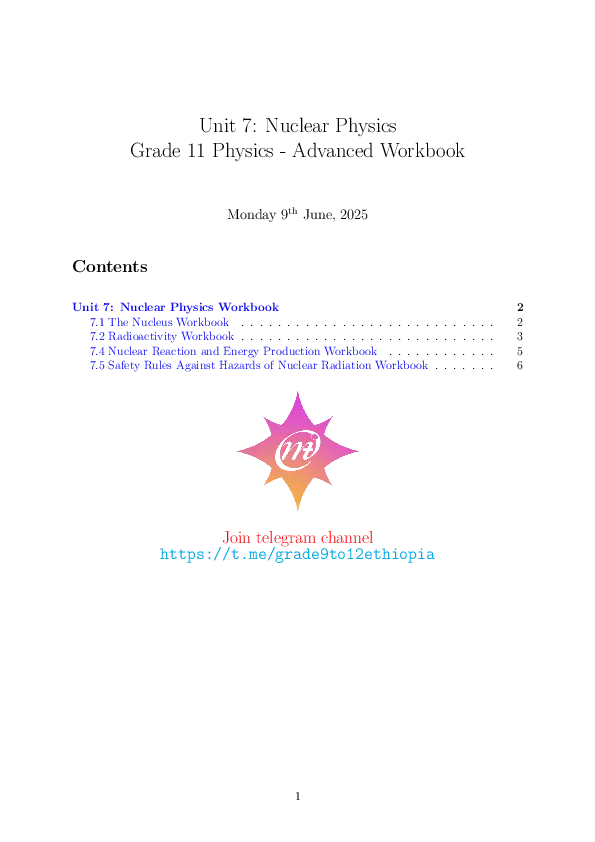
Book Description
Unit 7: Nuclear Physics Workbook 7.1 The Nucleus Workbook Multiple Choice Questions 1.
How many protons (Z), neutrons (N), and nucleons (A) are in a nucleus of Carbon-14 (14 6C)? (A) Z=14, N=6, A=20 (B) Z=6, N=14, A=20 (C) Z=6, N=8, A=14 (D) Z=8, N=6, A=14 Answer: (C) Explanation: The top number (superscript) is the mass number, A = 14.
The bottom number (subscript) is the atomic number (number of protons), Z = 6.
The number of neutrons is N = A- Z = 14- 6 = 8. 2.
The strong nuclear force is the force that: (A) Binds electrons to the nucleus. (B) Is responsible for beta decay. (C) Binds protons and neutrons together in the nucleus. (D) Has an infinite range. Answer: (C) Explanation: The strong nuclear force is the fundamental interaction that holds the nucleons (protons and neutrons) together, overcoming the electrostatic repulsion between the positively charged protons.
It is a very short-range force. 3.
The concept of ”mass defect” explains why: (A) The mass of an atom is greater than the sum of its parts. (B) The mass of a nucleus is less than the total mass of its individual, separate nucleons. (C) Isotopes of an element have different masses. (D) Energy is absorbed when a nucleus is formed from nucleons. Answer: (B) Explanation: When protons and neutrons bind together to form a nucleus, some of their mass is converted into binding energy, which holds the nucleus together.
This ”missing” mass is the mass defect.
Therefore, the assembled nucleus is lighter than its constituent parts..
Courses
Education, PhysicsReview Posted!
Add your details below to get email notifications when someone replies to your review.
Delete Comment?
This action cannot be undone. Are you sure?
Login
Still looking for something else?
Try this Advanced search Enhanced by Google
 Exotic Ai
Exotic Ai

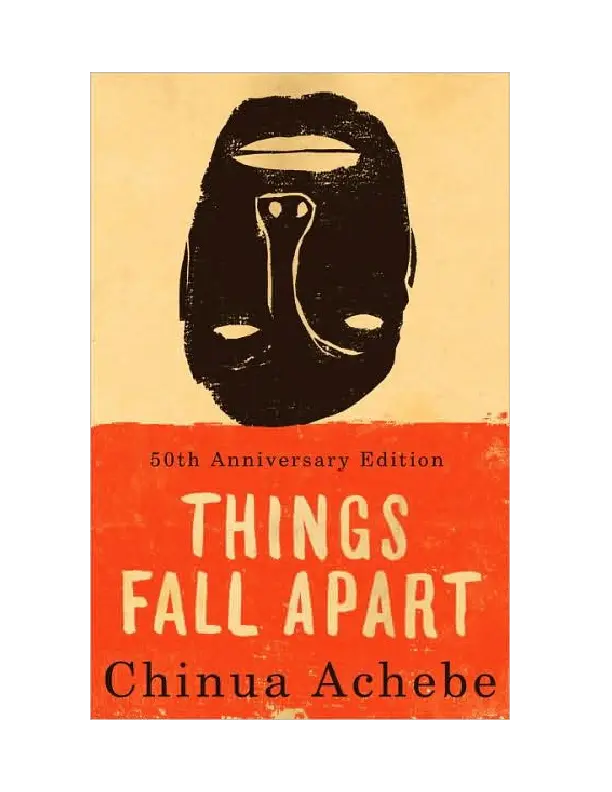


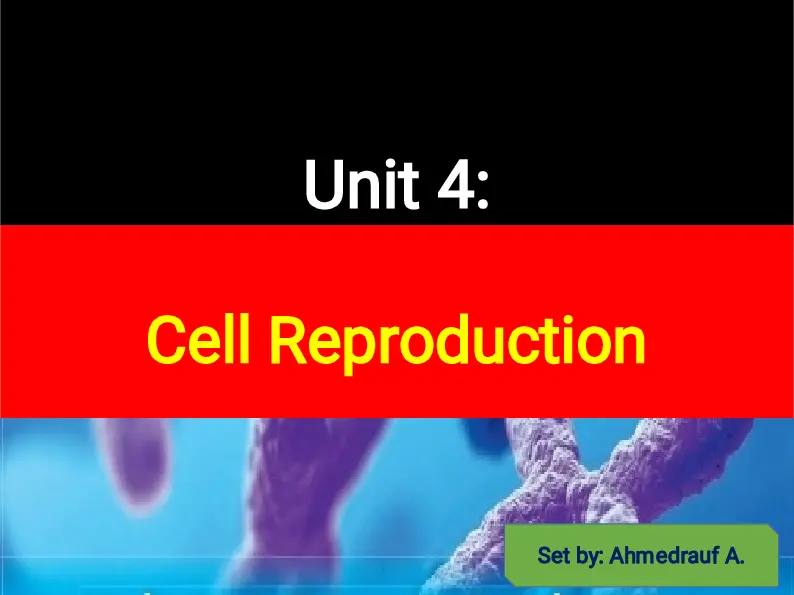





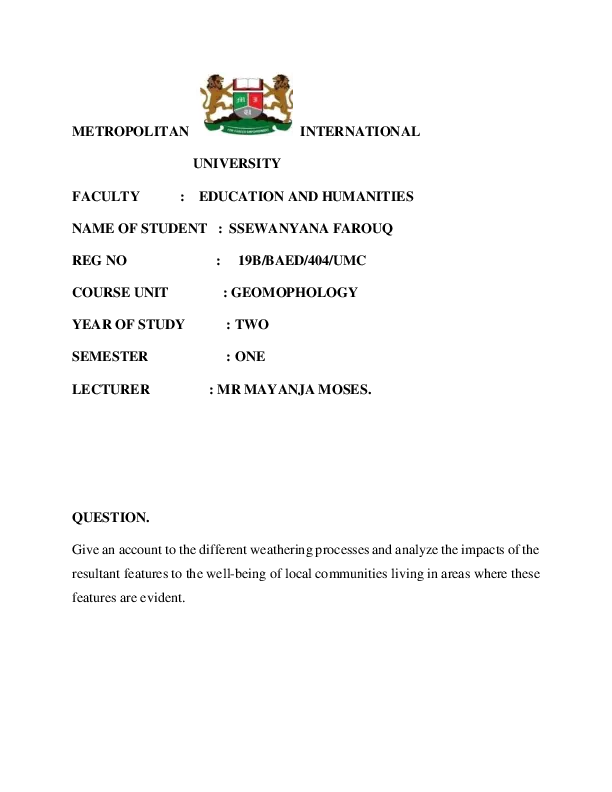
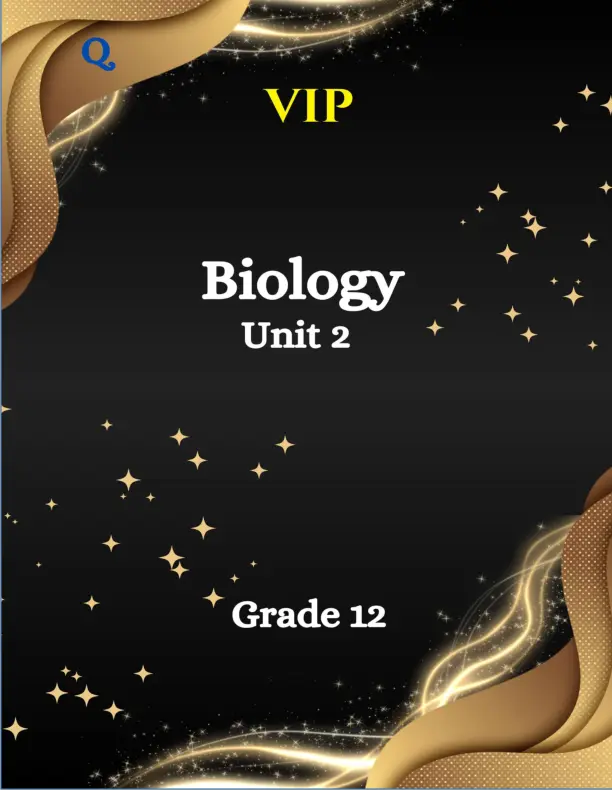
Comment Section (0)
No reviews yet. Be the first!